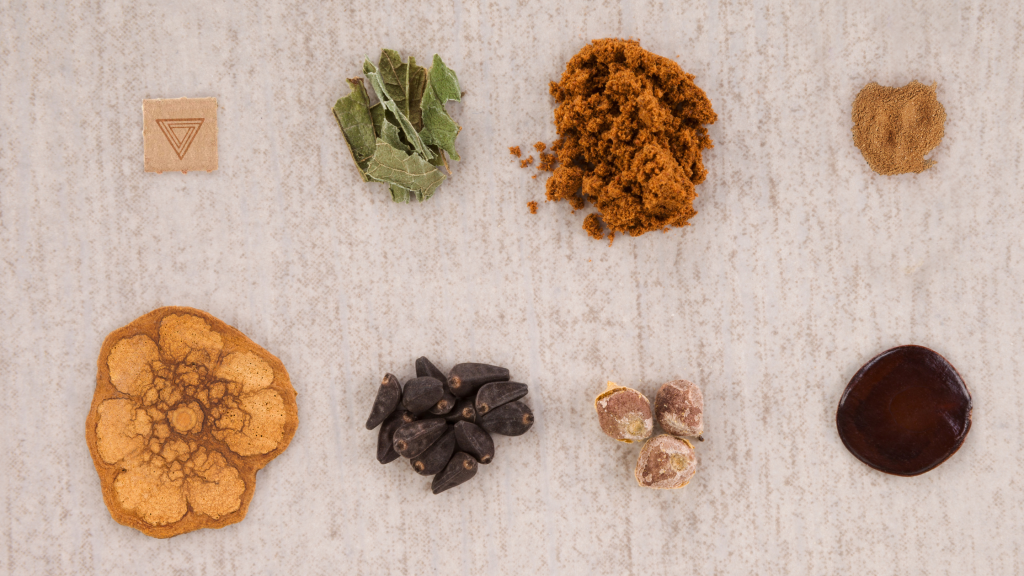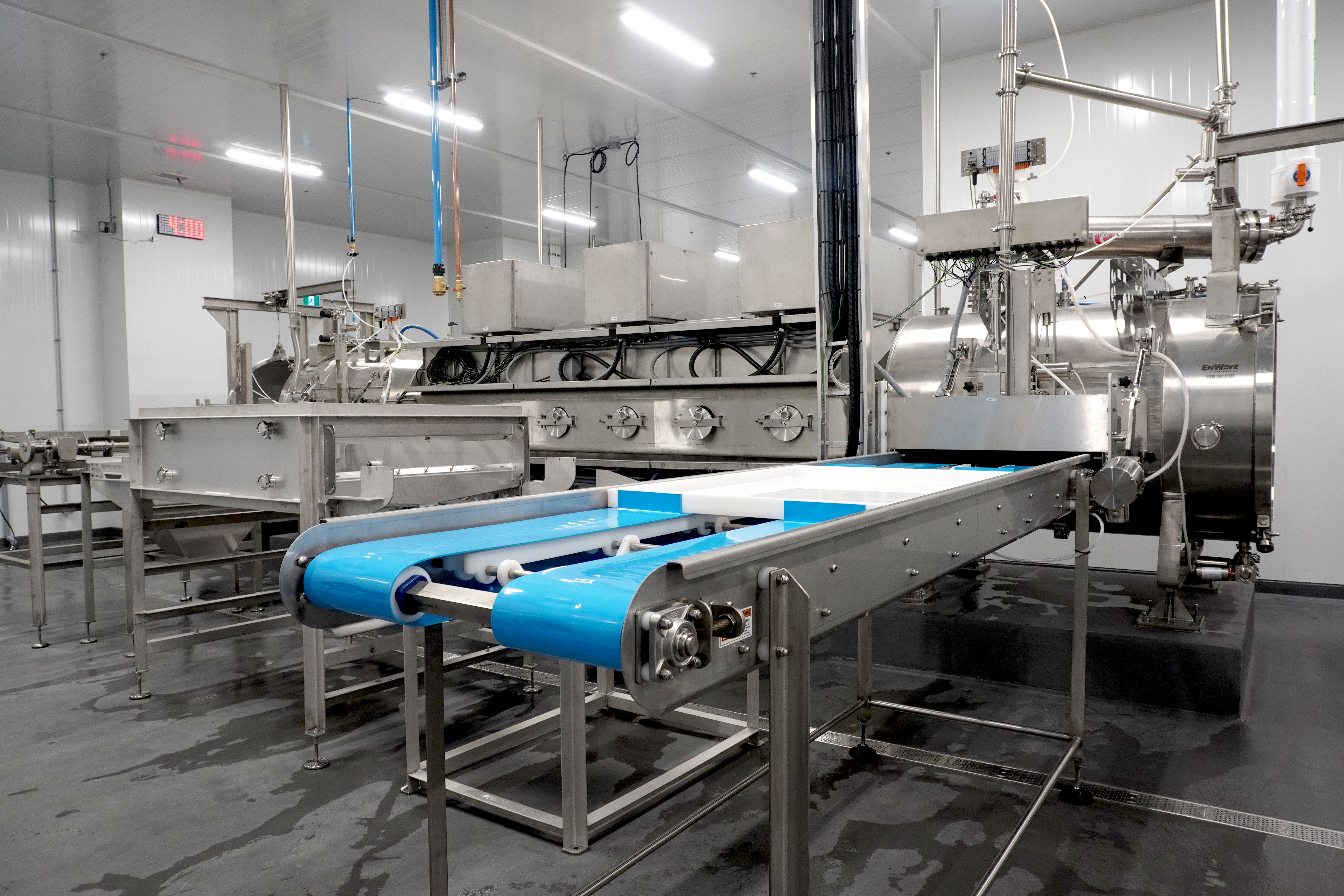The challenge of preserving bioactive compounds
Preserving the integrity of bioactive compounds is crucial for maintaining product quality and health benefits. While freeze drying has long been considered a leading method for food preservation, it presents significant challenges in retaining these valuable compounds across various products. This article will explore the complexities of preserving bioactive compounds, examine why freeze drying often falls short, and present alternative solutions that can better retain these essential ingredients.

Understanding bioactive compounds
Bioactive compounds are naturally occurring substances found in foods that provide health benefits beyond basic nutrition. These compounds include antioxidants, flavonoids, polyphenols, and other phytochemicals. Here are some notable examples:
- Gingerol: Found in ginger, known for its anti-inflammatory and antioxidant properties.
- Curcumin: Present in turmeric, recognized for its potential to reduce inflammation.
- Quercetin: A flavonoid found in onions and apples, known for its antioxidant effects.
- Resveratrol: Found in grapes and berries, linked to heart health benefits.
- Anthocyanins: Present in berries like blueberries and blackberries, associated with cognitive health benefits.
The preservation of these compounds during processing is critical for delivering the promised health benefits to consumers.
The freeze drying process
Freeze drying, or lyophilization, involves freezing a product and then reducing the surrounding pressure to allow the frozen water within to sublimate directly from ice to vapor. While this method is effective for many food products, it poses unique challenges when it comes to preserving sensitive bioactive compounds.
Key challenges of freeze drying
- Temperature Sensitivity: The freeze drying process often exposes bioactive compounds to temperatures that can lead to degradation. Although freezing preserves the structure initially, subsequent stages may promote degradation.
- Long Processing Times: Freeze drying typically takes longer than other drying methods. Extended exposure to varying temperatures can lead to further loss of volatile compounds and nutrients.
- Moisture Content Variability: Many fruits and vegetables have high moisture content (often exceeding 80%). If not managed properly before processing, this can compromise the effectiveness of freeze drying.
- Degradation During Storage: Even after successful freeze drying, studies show that levels of bioactive compounds continue to decline during storage due to factors like light exposure and temperature fluctuations.
- Cost Implications: The energy-intensive nature of freeze drying translates into higher operational costs, which may not be justifiable for all manufacturers, especially when considering potential losses in valuable compounds.
Comparative analysis: Freeze Drying vs. Alternative Methods
To effectively preserve bioactive compounds while maintaining product quality, it’s essential to consider alternative drying methods that can offer better results:
| Drying Method | Advantages | Disadvantages |
|---|---|---|
| Freeze Drying | Preserves structure and some nutrients | High cost; lengthy process; potential degradation of bioactive compounds |
| Lufttrocknung | Simpler setup; lower cost | Higher temperatures can degrade sensitive compounds; inconsistent results |
| Microwave Drying (REV™) | Rapid processing; preserves flavor and nutrients; customizable textures | Requires specialized equipment; initial investment |
| Oven Drying | Cost-effective; straightforward process | High temperatures negatively impact bioactive compounds |
| Vacuum Drying | Lower temperatures reduce degradation risk; efficient moisture removal | Equipment costs can be high; may require optimization |
Why REV™ technology stands out
EnWave’s Radiant Energy Vacuum (REV™) technology offers a compelling alternative to traditional freeze drying methods. By combining vacuum with microwave energy, REV™ achieves rapid dehydration while preserving the nutritional integrity of sensitive bioactive compounds.
Benefits of REV™ Technology:
- Rapid Processing: Most products are dried within 30-60 minutes compared to days for freeze drying.
- Low Temperature Control: The process operates at low temperatures (<40°C), significantly reducing the risk of thermal degradation.
- Customizable Textures: REV™ allows for various textures—from crunchy snacks to powders—tailored to market demands.
- Energy Efficiency: Achieves 85-90% energy efficiency, lowering operational costs while maintaining product quality.
- Versatility: Suitable for a wide range of products beyond ginger, including fruits like strawberries and blueberries, vegetables like carrots and sweet potatoes, dairy products like cheese, and proteins like chicken.
Optimizing Processing with REV™ Technology
To maximize the retention of bioactive compounds using REV™, consider implementing these strategies:
1. Pre-Processing Techniques
Before utilizing REV™, proper pre-processing techniques must be employed:
- Slicing: Cut fruits or vegetables into uniform pieces (approximately 5 mm thick) to ensure even drying.
- Blanching: Briefly blanching vegetables in hot water or steam can help preserve color and texture while reducing microbial load.
- Freezing: For high-moisture content products like fruit purees or juices, freezing before REV™ processing can help maintain structural integrity and enhance flavor retention.
2. Optimal Drying Conditions
Establishing optimal conditions for REV™ processing is crucial:
- Temperature Settings: Maintain low temperatures throughout the drying cycle (ideally below 40°C) to minimize degradation.
- Moisture Levels: Monitor moisture content closely during processing; aim for a final moisture level between 5% and 10% for optimal shelf stability without compromising quality.
- Time Management: Adjust processing times based on product thickness and initial moisture content to ensure thorough dehydration without excessive exposure.
3. Quality Control Measures
Implement rigorous quality control measures throughout production:
- Regular Testing: Conduct frequent testing for bioactive compound levels using High-Performance Liquid Chromatography (HPLC) or similar methods to monitor retention rates.
- Storage Conditions: Store dried products in airtight containers away from light and heat sources to prevent further degradation post-processing.
The Future of Food Preservation
Understanding how to preserve bioactive compounds effectively is essential for developing high-quality products that resonate with health-conscious consumers. While freeze drying has traditionally been viewed as a leading preservation method, its limitations necessitate exploring alternative solutions.
EnWave’s REV™ technology stands out as a viable option for those seeking to maintain the integrity of their products while optimizing operational efficiency. By leveraging advanced dehydration techniques alongside proper pre-processing methods and stringent quality control measures, you can create exceptional food products that meet consumer demands for quality and nutrition.
Contact us today or schedule a consultation with our experts. Let’s work together to bring your innovative ideas to life while maintaining the integrity of your ingredients!


